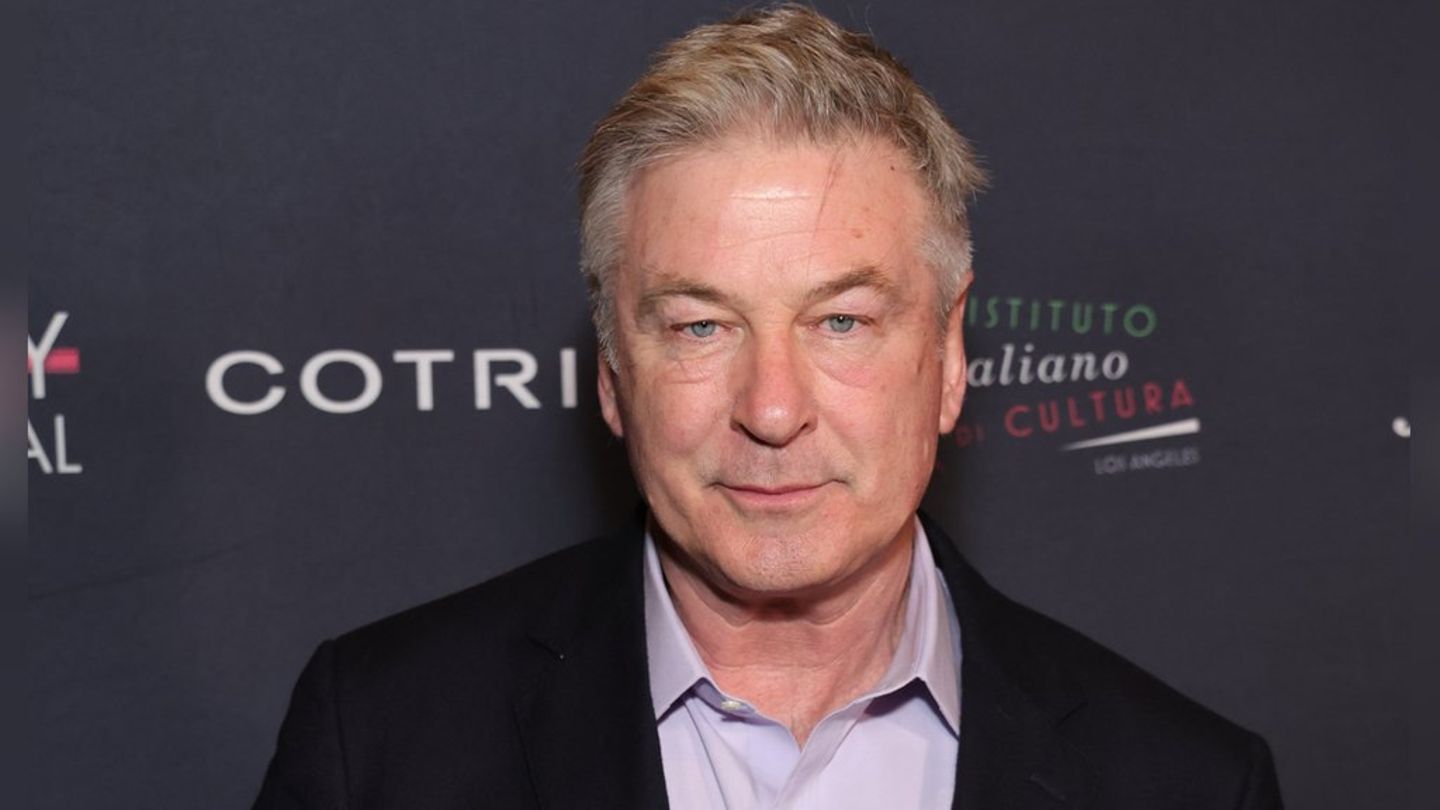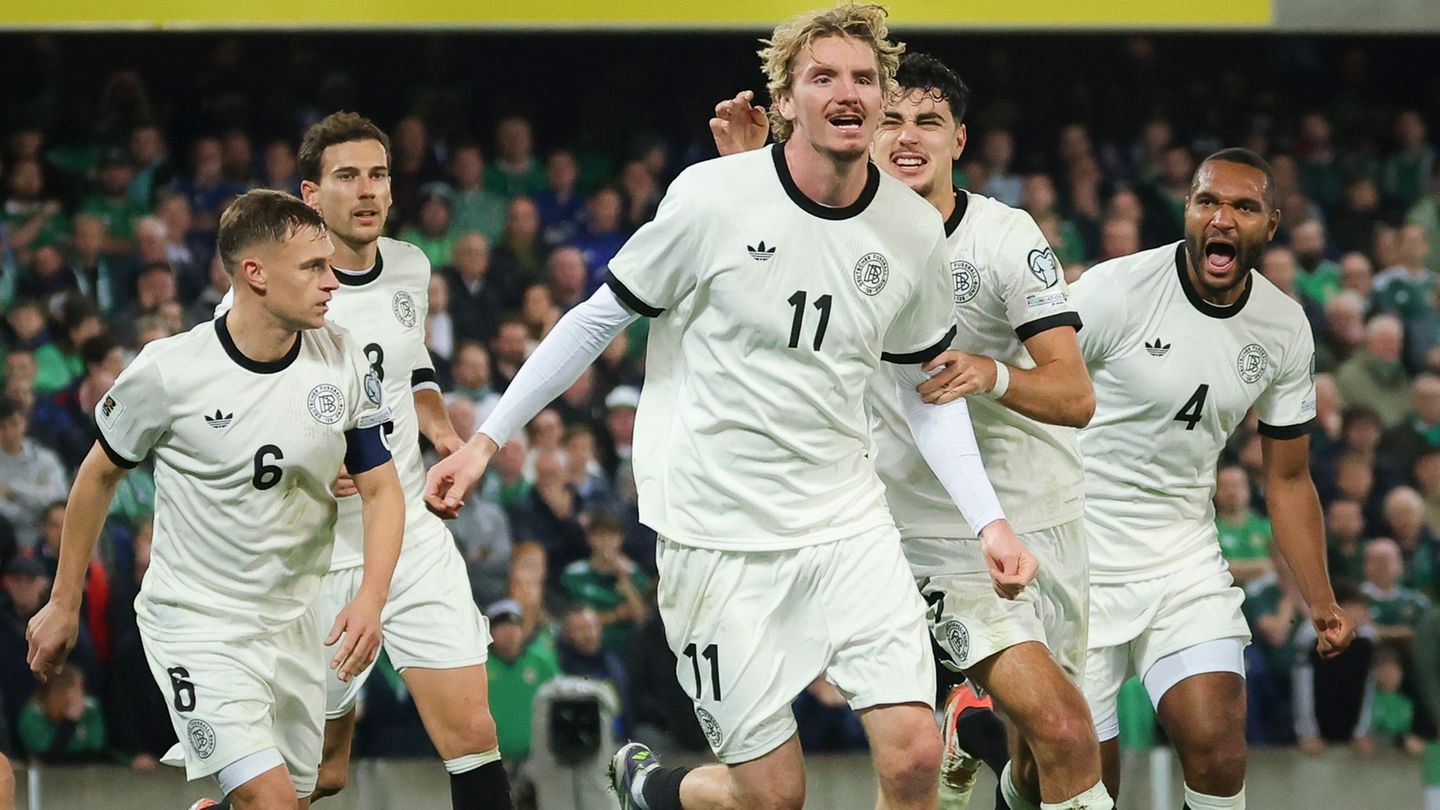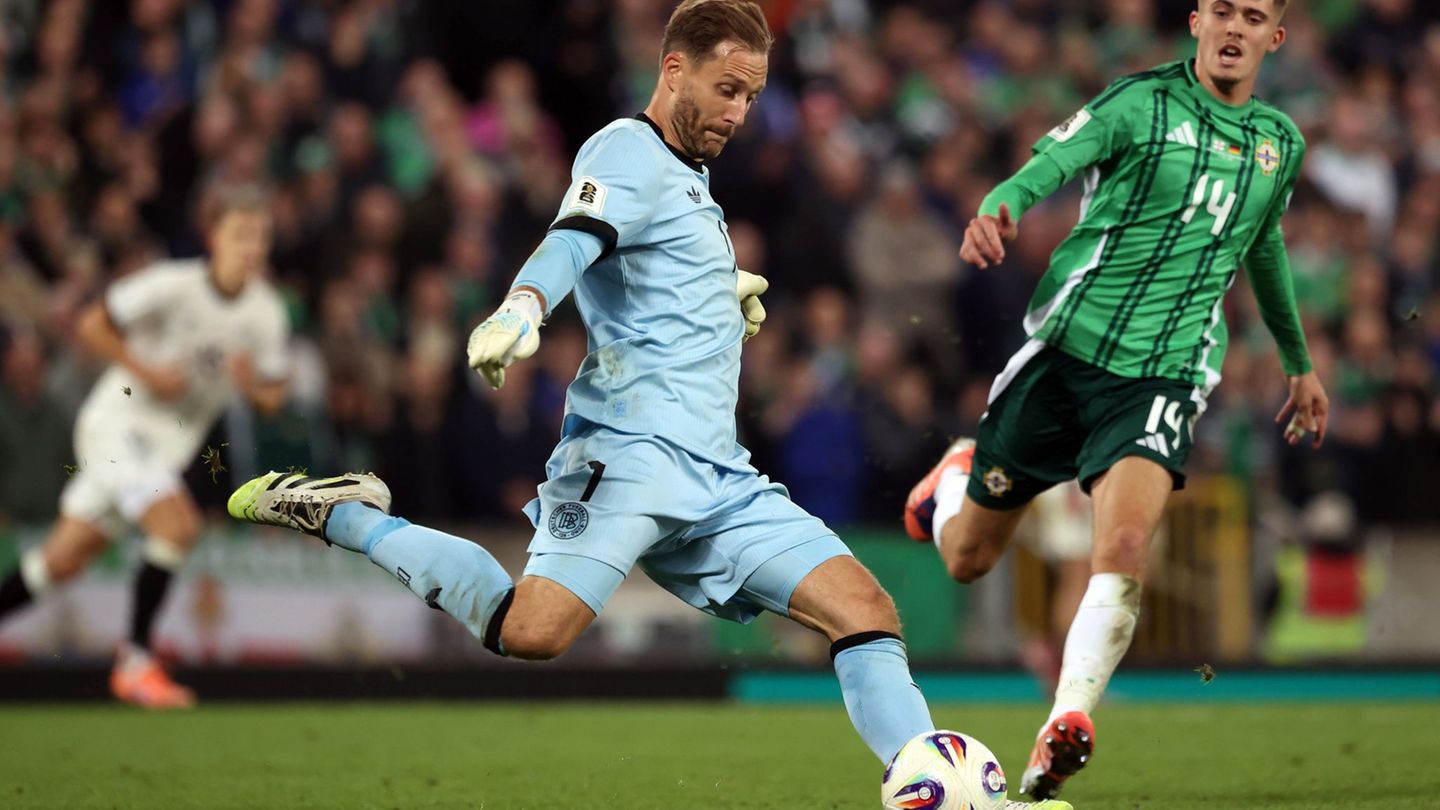Image: APA/AFP/INA FASSBENDER
Dmitry Medvedev is one of the most well-known agitators of Russian President Vladimir Putin. If Russia turns off the gas tap, he predicted in April 2022, the Europeans would “not survive a week”. Putin actually cut gas supplies to Europe by 80 percent in the months that followed. “A serious strategic mistake”says Commission President Ursula von der Leyen: “We have freed ourselves from his bonds.”
The EU has not only replaced most of Russian gas. It now completely dispenses with coal and – with the exception of Hungary and the Czech Republic – with oil from Russia. Still, it didn’t get cold. Towards the end of winter, the gas storage tanks are still about 80 percent full on average.
Has Putin lost the energy war against Europe? “It sure looks good”, says Christian Egenhofer. The scientist is one of the energy experts at the Brussels think tank CEPS (Center for European Policy Studies). He points out that a third of the storage facilities were still being filled with Russian gas last spring. “Now we will have to buy it on the international energy markets.”
Several factors have helped Europe: a relatively mild winter, China’s comparatively low energy demand and the austerity of European consumers. The EU countries have reduced gas consumption by 20 percent by the end of 2022.
However, Europe’s previous dependence on Putin’s cheap natural gas has cost it dearly. It had to fill the stores – whatever the cost. That drove up the prices. The peak price on the Dutch gas exchange TTF last August was 338 euros per megawatt hour. The level is now around 50 euros.
Has Europe won the price war? According to Egenhofer, this is not clear: “Our current prices are still three times what they were before the crisis.” This may just about be manageable for private households with government support and targeted energy savings. For some branches of industry, however, the situation is becoming critical. Europe has replaced pipeline gas from Russia with liquefied natural gas (LNG) transported by tanker ships. The main suppliers are Norway, USA, Qatar, Nigeria, Algeria. The diversification has been successful. But LNG is more expensive.
Sun, wind and water produce energy more cheaply – and in a climate-friendly way. Which is why the EU Commission is proposing as a new target that by 2030 40 percent of the energy requirement must come from renewable sources. It is currently 22 percent.
more from economy




